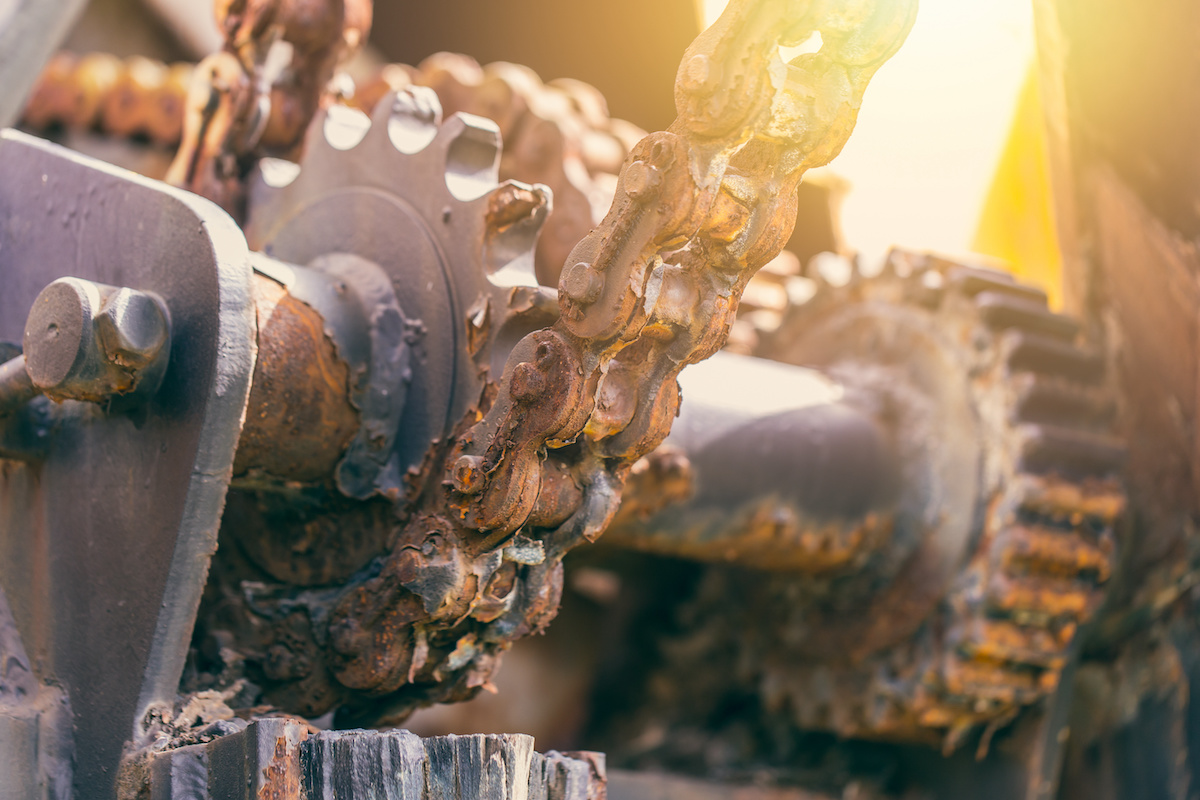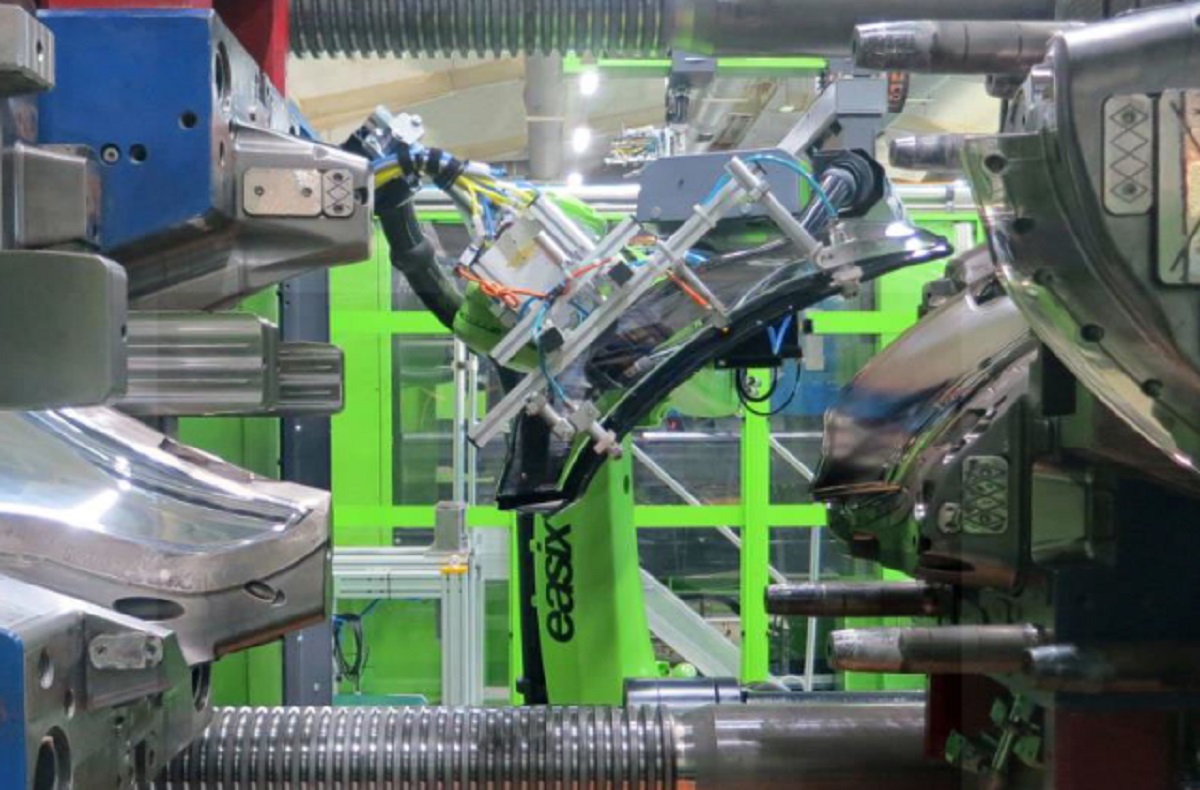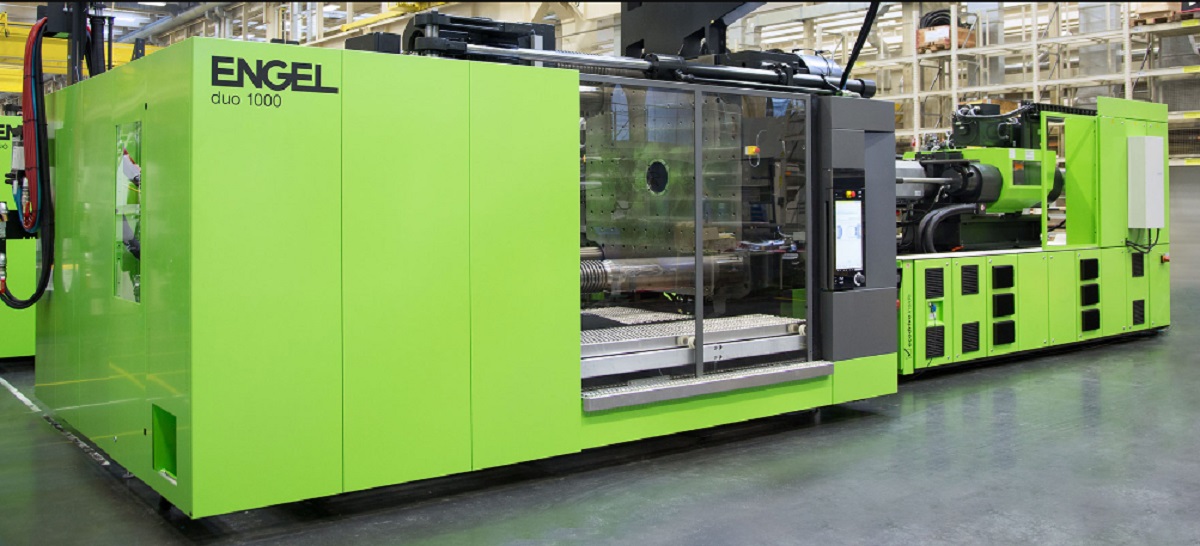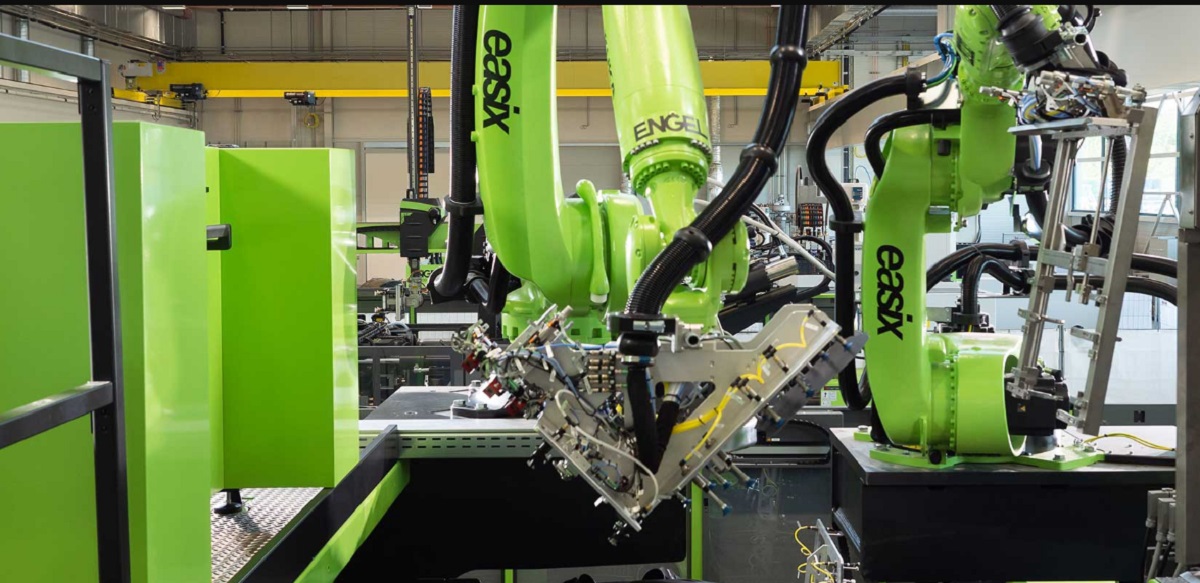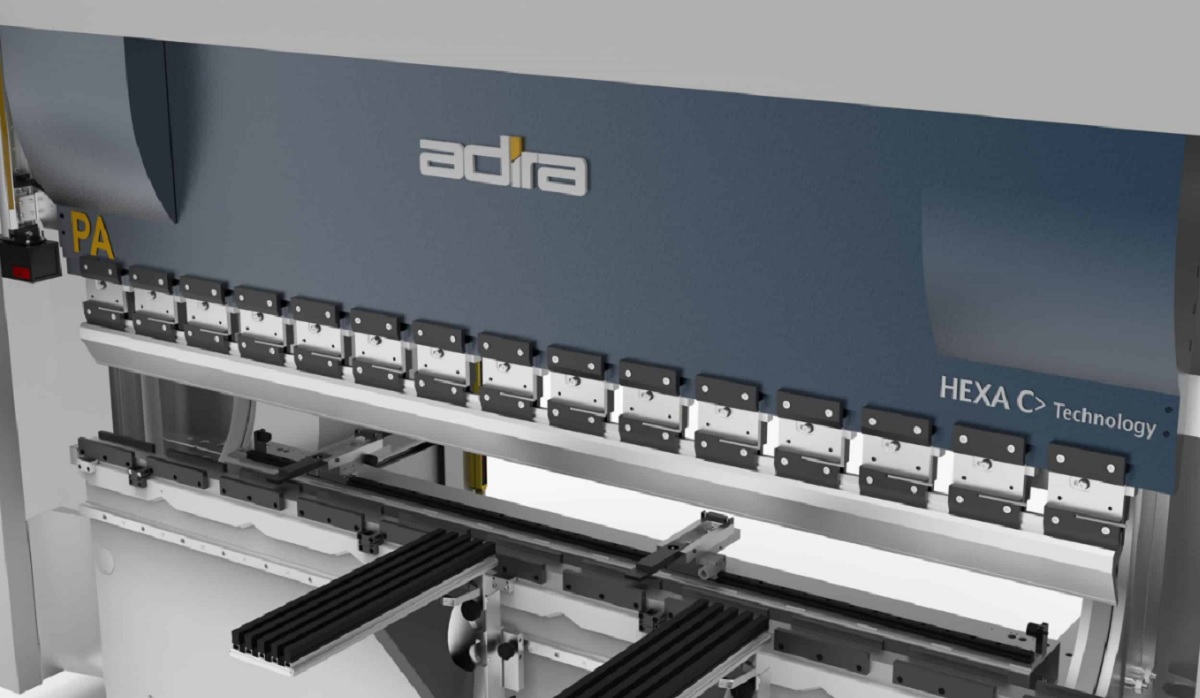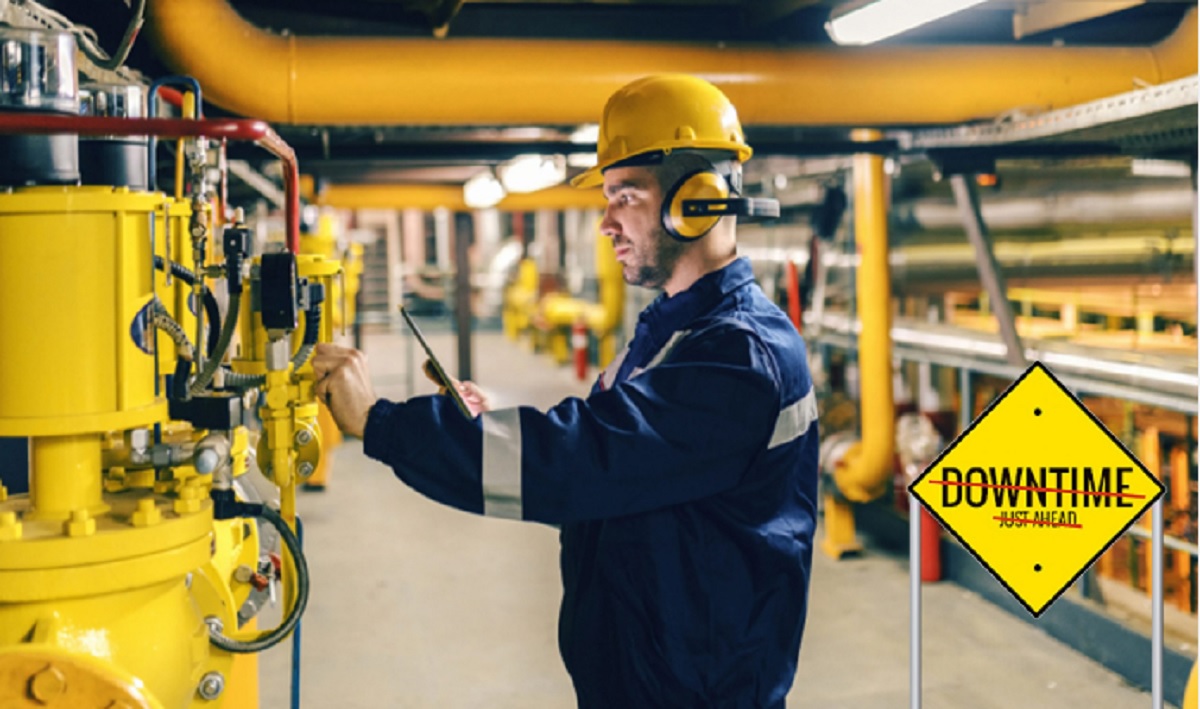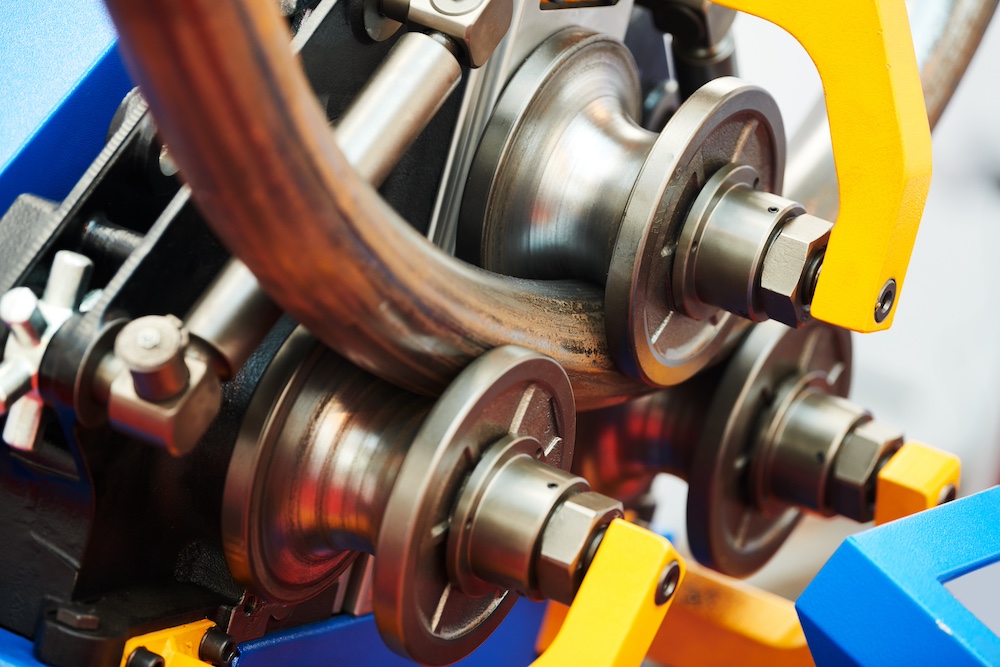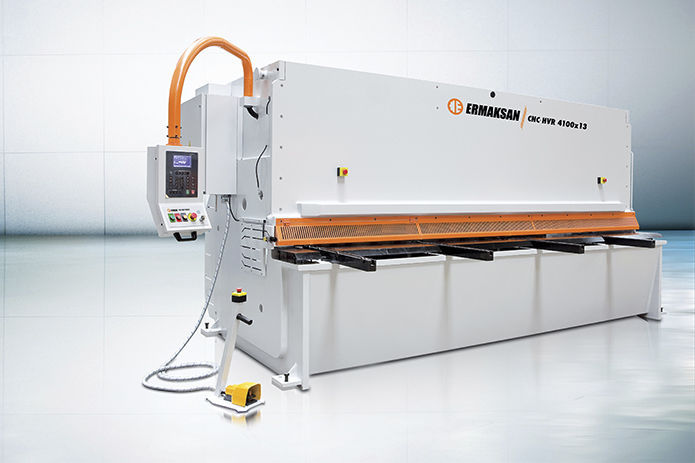Exploring the Distinctions: Corrosion vs. Rust
The terms “corrosion” and “rust” are frequently used interchangeably, but there are distinctions worth understanding. Both phenomena are rooted in oxidation reactions, wherein elements bond with oxygen, yet they manifest differently.
Corrosion is a broad phenomenon that affects a wide array of objects and materials. On the other hand, rust is a specific type of corrosion that exclusively impacts iron and its alloys, such as steel. In essence, rust is a subset of corrosion, specifically referring to the oxidation of metallic materials containing iron.
To shed further light on the disparities between corrosion and rust, let’s delve into the chart below, which highlights key differences between these two terms.
Corrosion Vs. Rust
CORROSION
Corrosion includes rust.
Corrosion is the process by which certain materials, metals and non-metals, deteriorate as a result of oxidation.
Corrosion can occur on materials such as ceramics or polymers.
Corrosion requires surface exposure to air or chemicals.
Depending on the material, corrosion can emerge in different colors such as blue and green.
RUST
Rust is a type of corrosion.
Rusting is oxidation of iron in the presence of air and moisture.
Rusting occurs on surfaces of iron and its alloys.
Rusting requires surface exposure to both air and moisture.
Rust has an orange brown color.
Get The Help You Need
Learn more about our equipment restoration services, maintenance services, continuity advice and more.
Contact us for recommendations on keeping your machinery safe, updated, and functioning to the highest level of safety and certified standards.

